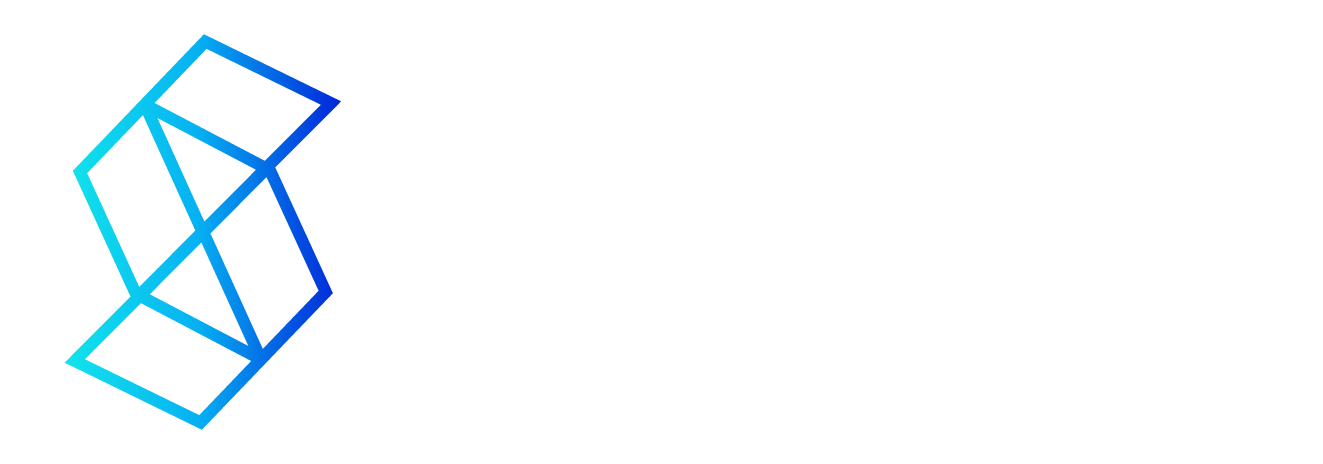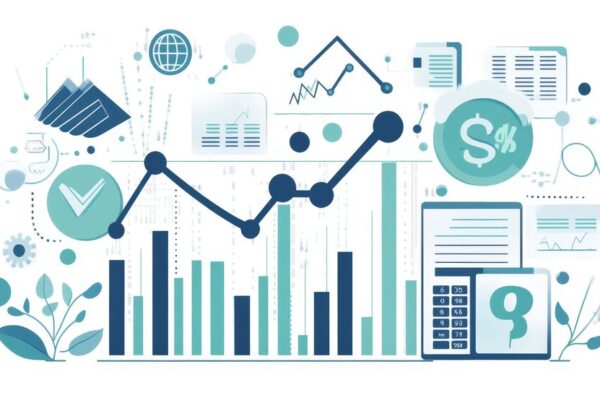Introduction
Have you ever experienced the confusion and anxiety of not knowing whether you’ll hit your sales targets or not? Or perhaps the frustration of inaccurate sales forecasts leading to inefficient budgeting and resource allocation? This is a common issue faced by SAAS founders, and it can often hinder your growth and success.
Now, imagine a world where you can confidently predict your sales revenue, allocate resources effectively, and navigate potential challenges with ease. This isn’t some utopian fantasy – it’s entirely possible with effective SAAS sales forecasting.
Accurate SAAS Sales Forecasting
SAAS sales forecasting is an essential aspect of your sales strategy. By understanding its importance, implementing proven forecasting techniques, and utilizing advanced forecasting tools, you can gain a clear view of your future sales performance and drive your business forward.
Understanding the Importance of Sales Forecasting
Sales forecasting is critical to the success of your SAAS business for several reasons:
- Budgeting and Resource Allocation: Accurate sales forecasts allow you to allocate your resources efficiently, ensuring that you can adequately support your sales efforts without overspending.
- Sales Target Setting: By forecasting your sales, you can set realistic sales targets that motivate your team and drive growth, without setting the bar too high or too low.
- Identifying Trends and Potential Challenges: Sales forecasts help you spot emerging trends in your sales data and anticipate potential challenges, giving you the chance to proactively address these issues and maintain steady growth.
Implementing Sales Forecasting Techniques
There are several effective sales forecasting techniques that you can utilize:
- Historical Sales Data Analysis: By analyzing your past sales data, you can predict your future sales performance. This approach is particularly effective if your sales patterns are relatively stable and consistent.
- Market Trend Analysis: This involves assessing broader market trends and factoring these into your sales forecasts. It’s an excellent way to account for external factors that could impact your sales.
- Sales Pipeline Review: This involves examining your current sales pipeline and estimating the likelihood of each deal closing. This technique can provide a real-time view of your potential sales.
- Forecast Adjustments and Updates: Regularly update and adjust your sales forecasts to ensure they remain accurate and useful. This should be a dynamic process that takes into account new sales data and changing circumstances.
Utilizing Sales Forecasting Tools
Leveraging sales forecasting tools can significantly enhance your forecasting accuracy and efficiency:
- CRM and Sales Analytics Platforms: These tools can track your sales data, automate your forecasting processes, and provide insightful analytics.
- Data Visualization and Reporting Tools: These tools can help you visualize your sales data and forecasts, making them easier to understand and communicate.
- Forecasting Software Integrations: Many CRM and sales analytics platforms integrate with specialized forecasting software, providing more advanced and accurate forecasting capabilities.
Conclusion
Sales forecasting is more than just predicting your future sales. It’s about using those predictions to inform your strategic decisions, allocate your resources efficiently, set motivating sales targets, and identify trends and challenges.
At Ethical Sales AI, we specialize in helping SAAS founders like you improve their sales forecasting. Our AI-driven solutions and expert guidance can help you forecast your sales more accurately and efficiently, enabling you to grow your sales by 5% in as little as 30 days.
Ready to start predicting your sales future with confidence? Book a demo with Ethical Sales AI today, and let’s work together to make your SAAS sales forecasting as accurate and beneficial as possible.





